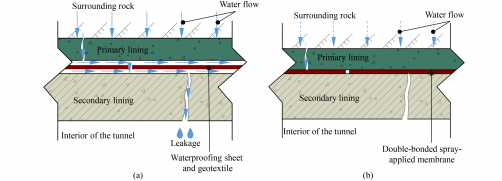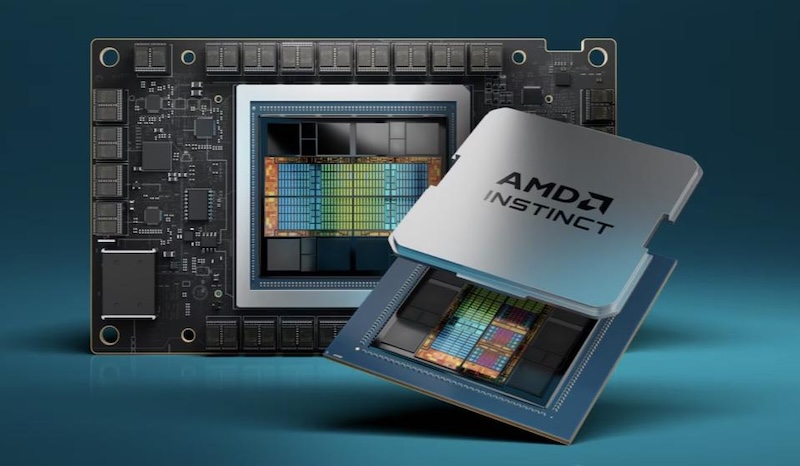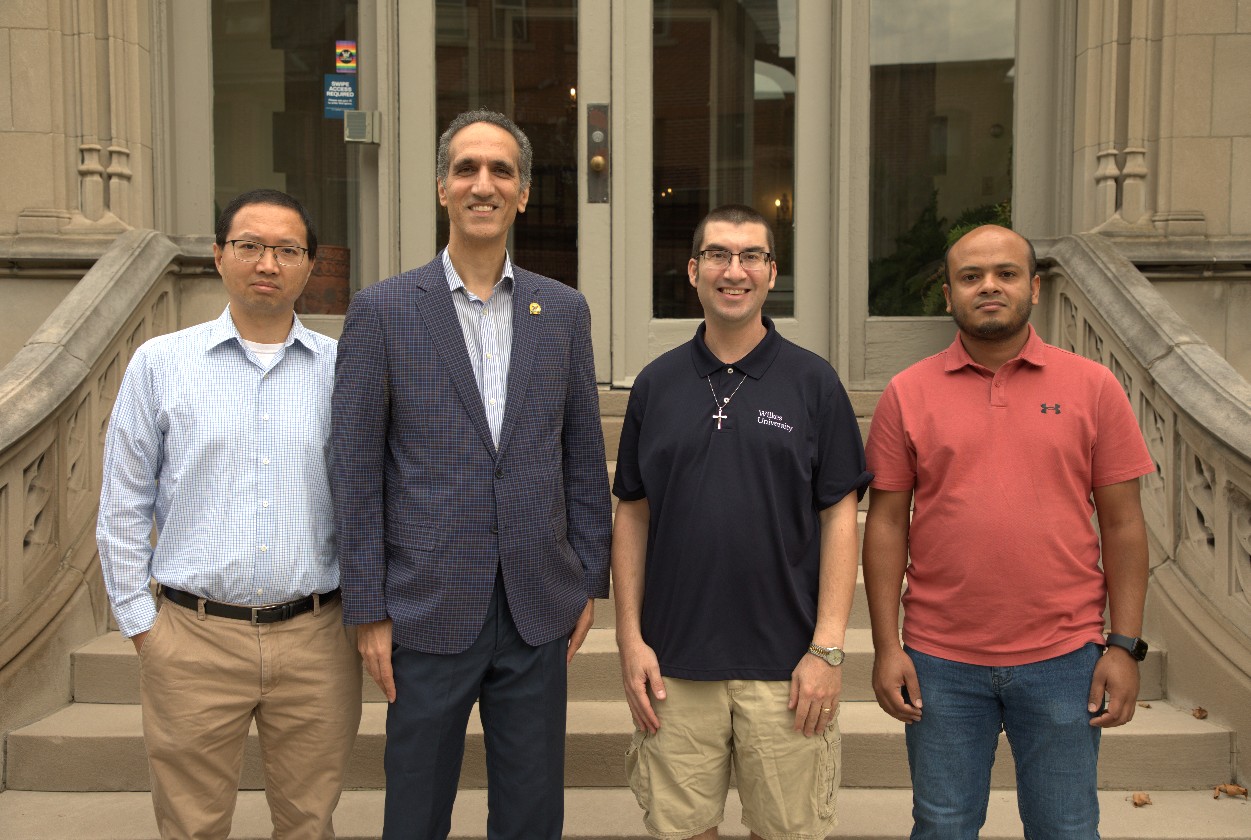Researchers at the Massachusetts Institute of Technology (MIT) have made significant strides in neuroscience with the development of a new 3D human brain tissue model, known as Multicellular Integrated Brains or miBrains. This innovative platform, constructed from patient stem cells, enables scientists to grow individualized human brain models that closely mimic real brain tissue. The implications for studying neurological diseases and testing new therapies are profound.
The miBrains are smaller than a dime but integrate all six major cell types found in the human brain, including neurons, glial cells, and vascular structures. According to Li-Huei Tsai, the Picower Professor and director of The Picower Institute for Learning and Memory, “The miBrain is the only in vitro system that contains all six major cell types that are present in the human brain.” The model offers researchers an unprecedented opportunity to explore the complexities of brain function and disease.
Advancing Neuroscience Research
Traditional methods of brain research have largely relied on simplified cell cultures and animal models. While cell cultures are easier to produce, they often lack the intricate interactions between brain cells necessary for comprehensive studies. Conversely, animal models, though more representative of biological systems, can be expensive and slow, with mixed reliability for predicting human outcomes. The introduction of miBrains aims to bridge this gap by combining the advantages of both methodologies.
The miBrains are designed to be easily cultivated and modified, allowing researchers to create patient-specific versions that reflect individual genetic makeups. The six integrated cell types self-organize into functional structures, forming components such as blood vessels and even a functioning blood-brain barrier that filters substances entering the tissue. Robert Langer, co-senior author of the study, noted that “recent trends toward minimizing the use of animal models in drug development could make systems like this one increasingly important tools for discovering and developing new human drug targets.”
Engineering a Complex Model
The creation of a model that incorporates multiple cell types involved extensive experimentation. One of the key challenges was developing a supportive structure to sustain the cells’ activity. The research team utilized a hydrogel-based “neuromatrix” that replicates the brain’s natural environment. This matrix comprises a mix of polysaccharides, proteoglycans, and other molecules that promote functional neuron development.
To achieve realistic brain tissue, the researchers meticulously adjusted the proportions of six types of brain cells derived from donor stem cells. By culturing each cell type separately, they can genetically edit them to investigate specific diseases or therapeutic responses. Alice Stanton, the lead author of the study, emphasized the modular design of the miBrain, which allows for precise control over cellular inputs and genetic backgrounds, making it a valuable tool for disease modeling and drug testing.
The researchers have used the miBrains to explore the APOE4 gene variant, recognized as the strongest genetic predictor of Alzheimer’s disease. In their experiments, they discovered that astrocytes carrying the APOE4 variant triggered immune responses characteristic of Alzheimer’s only when integrated into the multi-cellular miBrain environment. The findings revealed that these astrocytes contributed to the accumulation of amyloid and tau proteins associated with the disease, further illustrating the miBrain’s potential in uncovering disease mechanisms that simpler models often overlook.
This groundbreaking study has been published in the journal Proceedings of the National Academy of Sciences. The researchers plan to enhance the miBrain model by incorporating features such as microfluidic blood flow and advanced single-cell profiling, making it even more representative of real human brain functions. As Li-Huei Tsai remarked, “I’m most excited by the possibility to create individualized miBrains for different individuals. This promises to pave the way for developing personalized medicine.”
The ongoing research at MIT signifies a pivotal moment in neuroscience, potentially reshaping the landscape of how neurological diseases are studied and treated.







